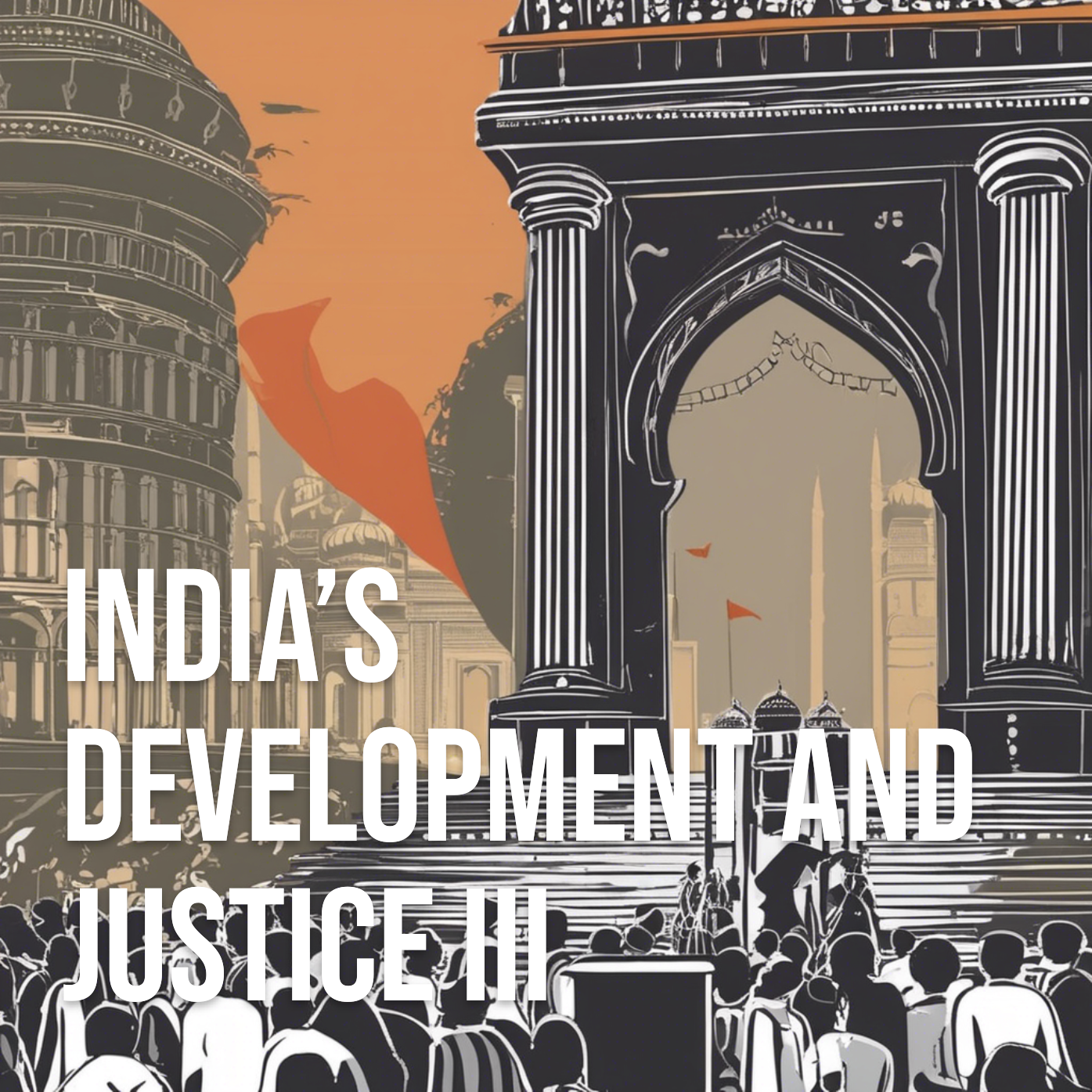
This is the third part of the series 'Policy - Past & Present: Tracing India’s Development and Justice Debate,' in which we examine the challenges within India’s law and justice system, emphasising themes of inequality, access to justice, and the necessity for reform to ensure access to justice for all to address the over-representation of marginalised communities in prisons.
|| Part 3 || Just Judiciary ||
India’s criminal justice system bears the deep imprint of its colonial past, with laws and practices that have long criminalized poverty and marginalized entire communities. From the harsh policing of begging and homelessness to the overrepresentation of Dalits, Adivasis, Muslims, and other marginalized groups in prisons, the legacy of exclusion and discrimination persists well into the present. Despite landmark Supreme Court judgments affirming fundamental rights such as speedy trials and affordable bail, systemic barriers ranging from inadequate legal aid to structural biases in judicial appointments continue to perpetuate inequality. This part of the series examines how colonial-era laws, the lack of meaningful reforms, and the absence of diversity within the judiciary have combined to create a justice system that disproportionately punishes the poor and marginalized, highlighting the urgent need for comprehensive legal and institutional change.
Colonial laws like the Indian Penal Code (1860) and vagrancy statutes criminalized poverty, associating it with criminality and perpetuating exclusion after independence. Begging, homelessness, and petty offenses were policed harshly, disproportionately affecting the poor and marginalized. The legal system was slow to adapt to the needs of the poor. Legal aid was minimal until the Legal Services Authorities Act (1987), and bail practices often kept the poor incarcerated for minor offenses due to their inability to pay sureties. Landmark Supreme Court judgments (Hussainara Khatoon v. State of Bihar, Moti Ram v. State of MP) recognized the right to speedy trial and affordable bail as fundamental rights, but implementation was patchy. There is a colonial history of criminalising communities - in 1871 it used to be entire communities labelled as "hereditary criminals," including those rebellious to the rule or nomadic communities. Even after being repealed, stigma persisted and they would still be targeted as habitual offenders. Looking at the numbers of homeless people in prison and how the state criminalising begging has, by its definition, made every homeless person an offender, even if they have a mental illness. This definition is used as a legal instrument to clean up and ‘gentrify’ the city.
While there was never a policy that took account of which communities were in prison prior the turn of the millennia, we have data from after 2000s which clearly point to an over-representation of marginalised communities within India’s prison population, particularly Muslims, Dalits and Adivasis, emphasising the necessity for legal assistance and change to rectify these imbalances. State prison manuals, many of which date back to the colonial era, did mention caste-based segregation and labor, but did not provide quantitative data on the caste or community profile of prisoners. Systematic collection and publication of caste/community-wise prison data began much later, particularly after the establishment of the National Crime Records Bureau (NCRB) in 1986. Nearly two-thirds of undertrial prisoners are from SC, ST, or OBC backgrounds, and adding Muslims, these groups account for more than 85% of undertrials-far above their combined share in the general population.
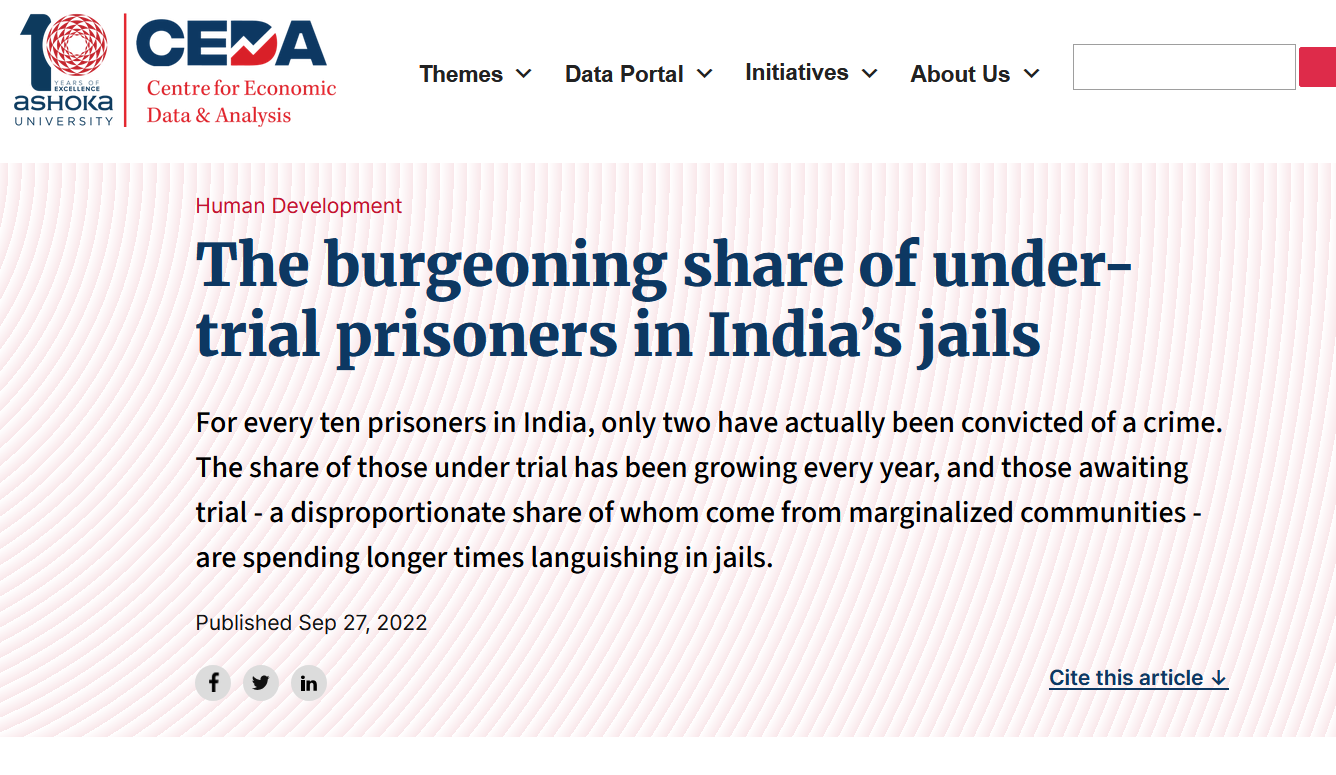
Preventive detention in India refers to the legal power to detain a person without trial or conviction, not as punishment for a past crime, but to prevent them from committing an act deemed a threat to national security, public order, or foreign relations, includes acts like NSA, PSA, UA(P)A, etc, which are considered draconian by many legal observers.
Most people in prison are also either undertrial or do not know the next legal step or lack the financial aid for sureties to come out. Adding to this is the widespread implementation of preventive detention laws and an absence of accountability within the court system. While the panelists advocated for reforms to safeguard individual liberties and guarantee equitable trials, reminding us that insisting on multiple/property sureties and unreasonable conditions defeats the purpose of ‘bail as the norm, jail the exception’.
There are obstacles to judicial independence, such as executive interference and insufficient decisional autonomy. There is a need for reforms to ensure accountability and transparency within the judiciary. It can also be argued that these are structural and systemic problems within the justice system that perpetuate inequality, citing both the genealogy of the Indian police and its symbiotic relationship with the judiciary and the lack of diversity within the judges of the higher courts. Not coincidentally, the higher ranks of police officers also do not meet the proportional populations because the reservation policies are not factored in for promotions, and only applicable at the constabulary levels.
Of the 575 High Court judges appointed between 2018 and March 20, 2023, only one in six belong to SC (17), ST (9) or OBC (67), and 18 belong to minority communities. Historically, there has never been any policies framed that attempted to ensure representation in the judiciary. There is no reservation, nor any provision for it. Retired judges or the collegium or civil society and some political parties have occasionally raised the concerns, governments have requested chief justices to consider appointments from marginalised communities, however, these are only informal considerations and not policy.
The examination of India's justice system reveals deep-seated issues stemming from its colonial legacy and perpetuated by a lack of systemic reform. The overrepresentation of marginalized communities in prisons, inadequate legal aid, and barriers to judicial independence underscore the urgent need for comprehensive legal and institutional change. Addressing the structural biases within the judiciary, ensuring accountability, and implementing policies that guarantee equitable trials are crucial steps towards achieving a truly just system that serves all citizens, regardless of their socio-economic background. While a norm within the elected representatives, there are not many examples of judicial reservation. Bolivia’s 2009 Constitution mandates that half of all candidates for the Plurinational Constitutional Tribunal must be women, and at least one or more must be of Indigenous descent. Few other countries like Belgium also has similar rules for gender representation.
The present Chief Justice of India, Justice Gavai, is only the second CJI in the history of the Supreme court who is from the Dalit community, and publicly stated that his elevation to both the Bombay High Court and the Supreme Court was advanced specifically to ensure representation of the Dalit community, which had been absent from the apex court for nearly a decade. These numbers are still low- even though since Justice Vardarajan's appointment in 1980 until 2010, there was always at least one judge from a Dalit community. Since 2019, only two Dalit judges have been appointed to the Supreme Court: Justice B.R. Gavai and Justice C.T. Ravikumar. And after all, the previous CJI, Justice Chandrachud had observed that “people will start trusting the judiciary only when they see a reflection of themselves in the people who dispense justice.” Perhaps these should now reflect in policy.
This three-part series has attempted to trace the trajectory of India's development and justice policies, examining their evolution from post-independence to the present day. We see that there definitely have been some advancements in some areas, but significant challenges continue to persist in education, healthcare, taxation, and the justice system. This analysis focused on the shift in welfare funding, an increasing digital divide, and ongoing inequalities within the legal framework. To begin addressing them, we require a holistic approach that prioritizes inclusive policies, adequate funding, and equitable access to resources and justice. Ensuring genuine progress necessitates a departure from inconsistent, reactive measures to a strategic, long-term vision focused on genuine development and equity for all citizens.
REFERENCES
CDPP Conference Report, 2025
Akshi Chawla (2022). “The burgeoning share of under-trial prisoners in India’s jails” Centre for Economic Data and Analysis (CEDA), Ashoka University. Published on https://ceda.ashoka.edu.in/the-burgeoning-share-of-under-trial-prisoners-in-indias-jails/
Kang, Alice J.; Kittilson, Miki Caul; Hoekstra, Valerie; and Escobar-Lemmon, Maria C., "Diverse and Inclusive High Courts: A Global and Intersectional Perspective" (2020).
These articles are based on the Development Policy and Practice Conference organised by CDPP and DEF in Hyderabad, and is developed from the points of discussion raised by the speakers at the event. It's important to note that the analysis and report reflect the opinions and perspectives shared during the event sessions. This report attributes the observations to discussions held during the conference. The full list of speakers can be accessed here.
DEF Updates
India@100 Foundation, an initiative by CII, recently hosted an insightful virtual session on “Digitalization: The Journey Towards an Inclusive India@100.”
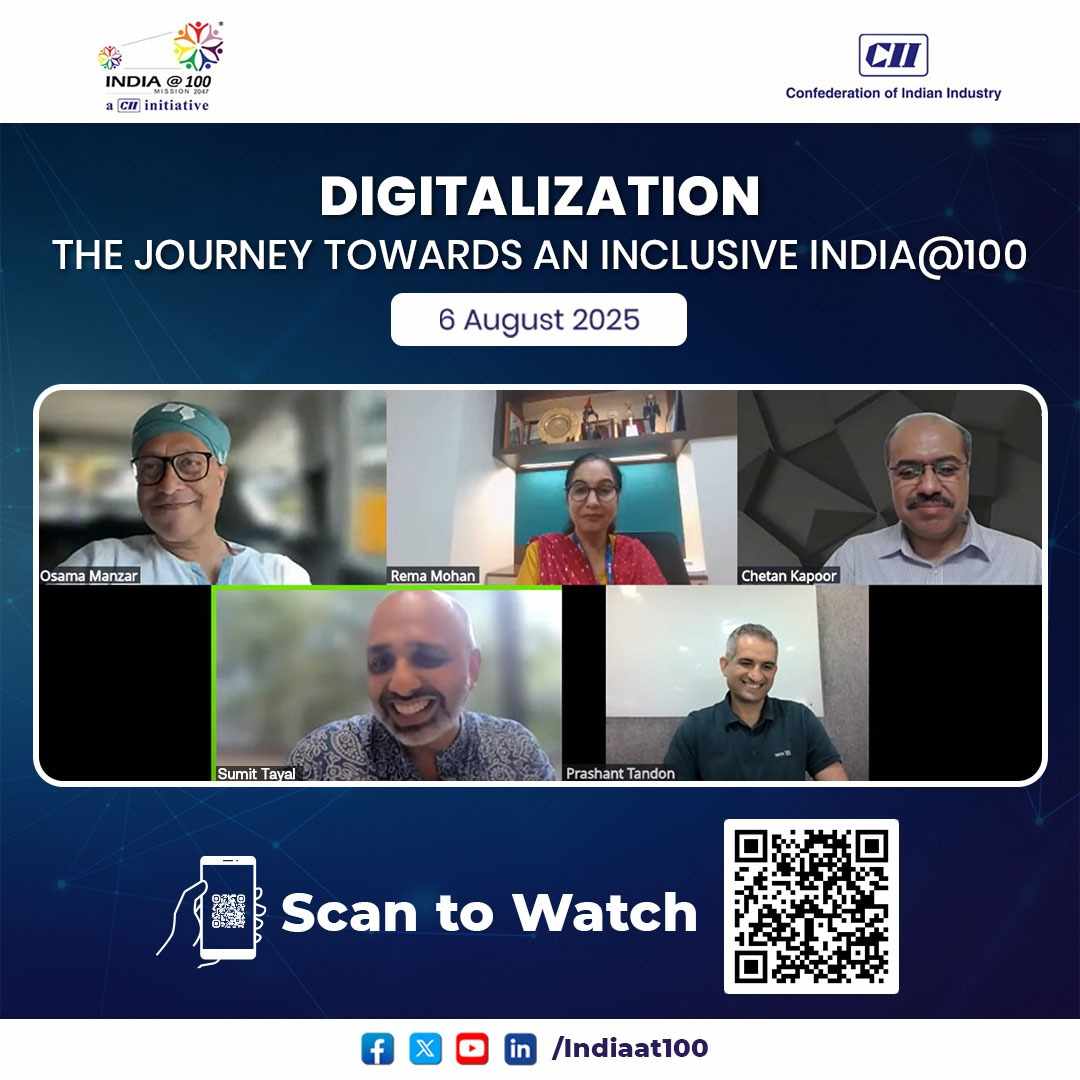
In this monthly column by the Digital Empowerment Foundation (DEF), which explores how technology can drive inclusion and governance in India, DEF's Akanksha writes about our Digital Didi project, which has reached over 6,000 women and girls in 350 villages across 10 states to create awareness about misconceptions surrounding menstruation through digital tools and community-led programmes.

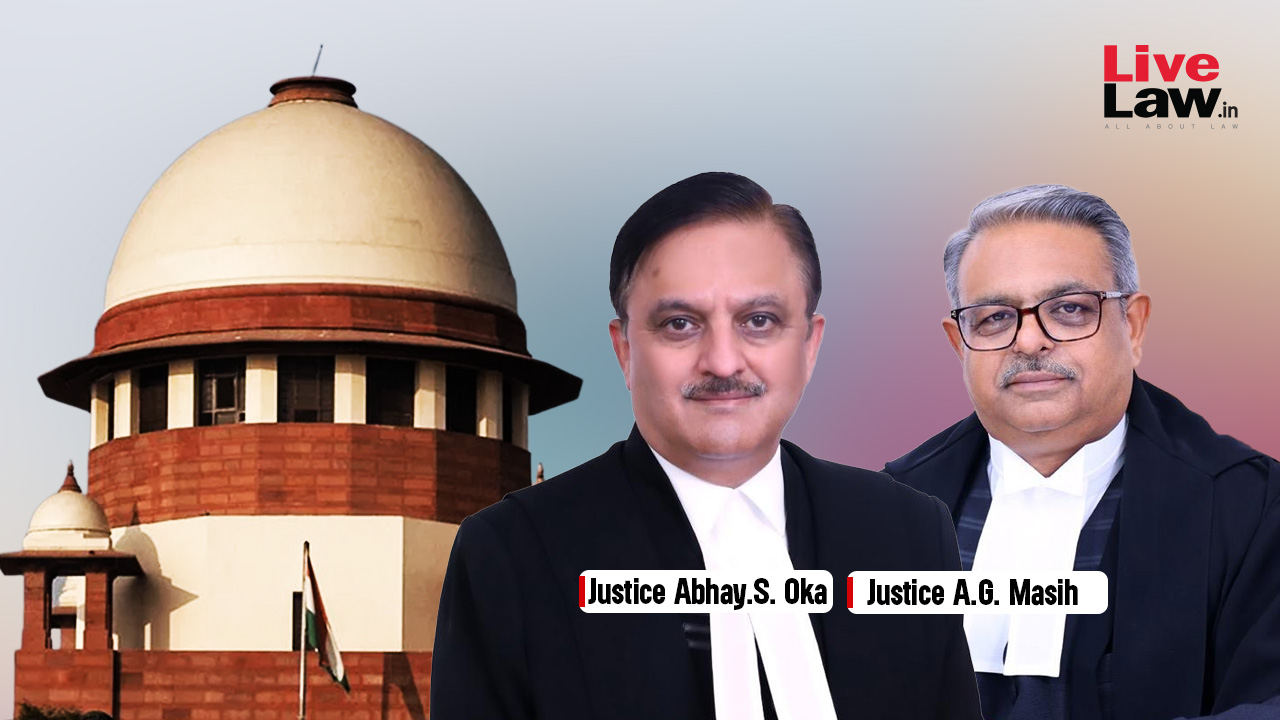
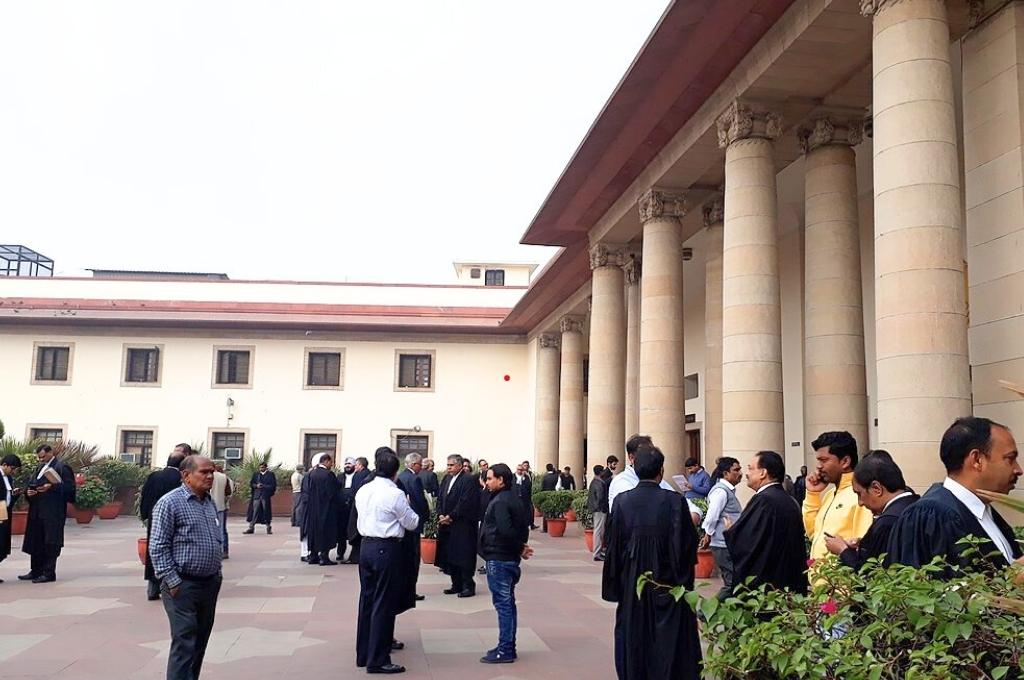






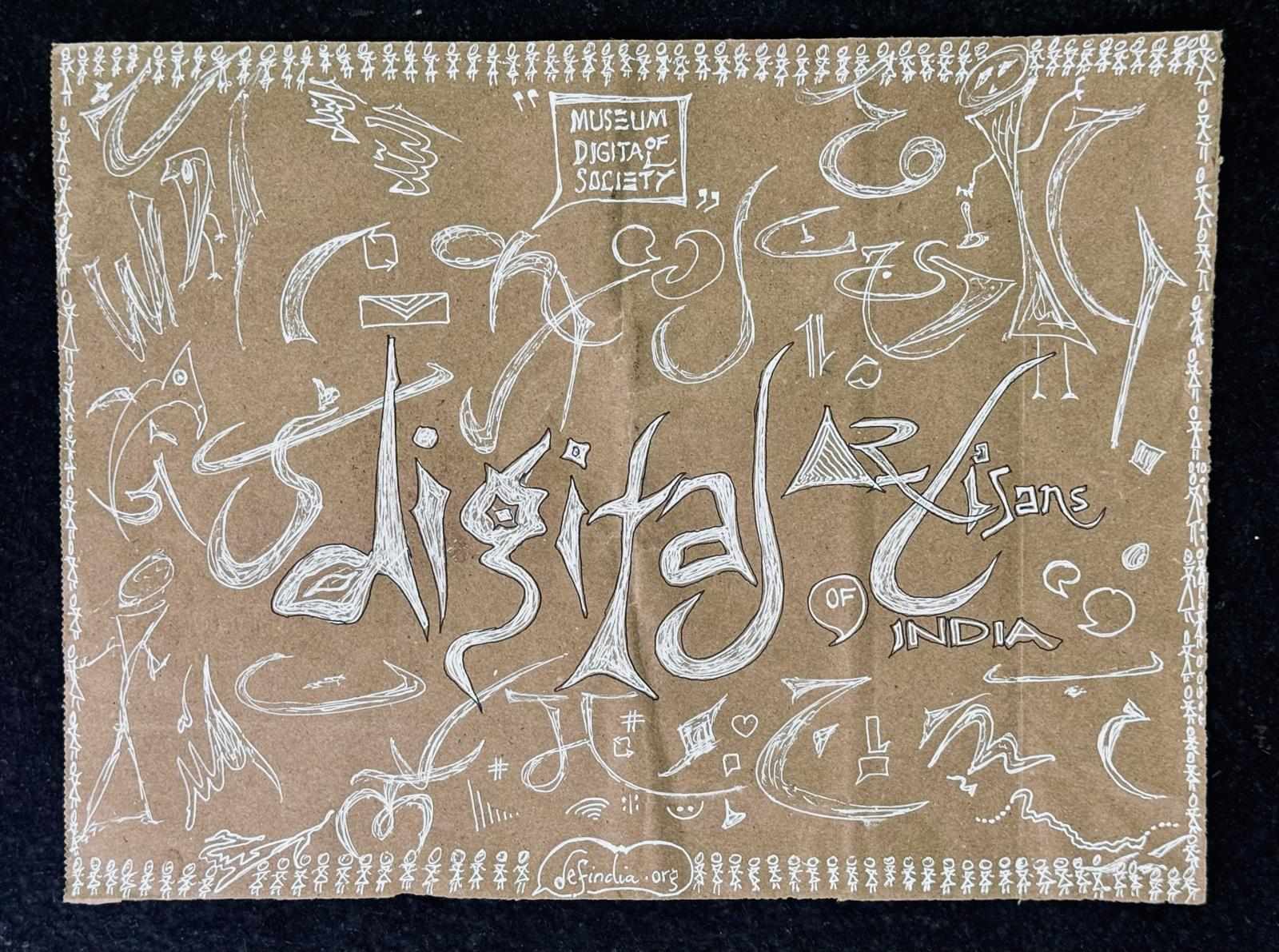
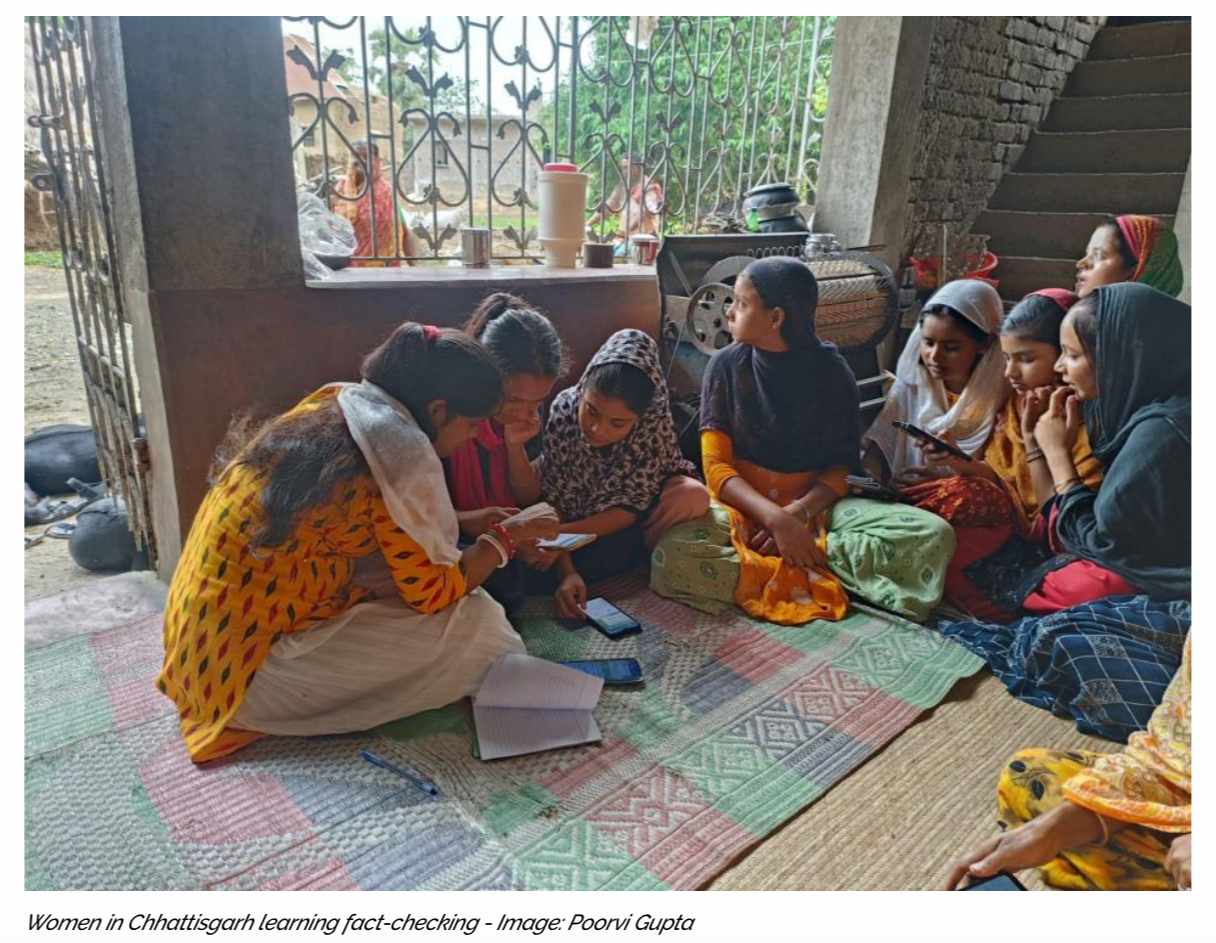


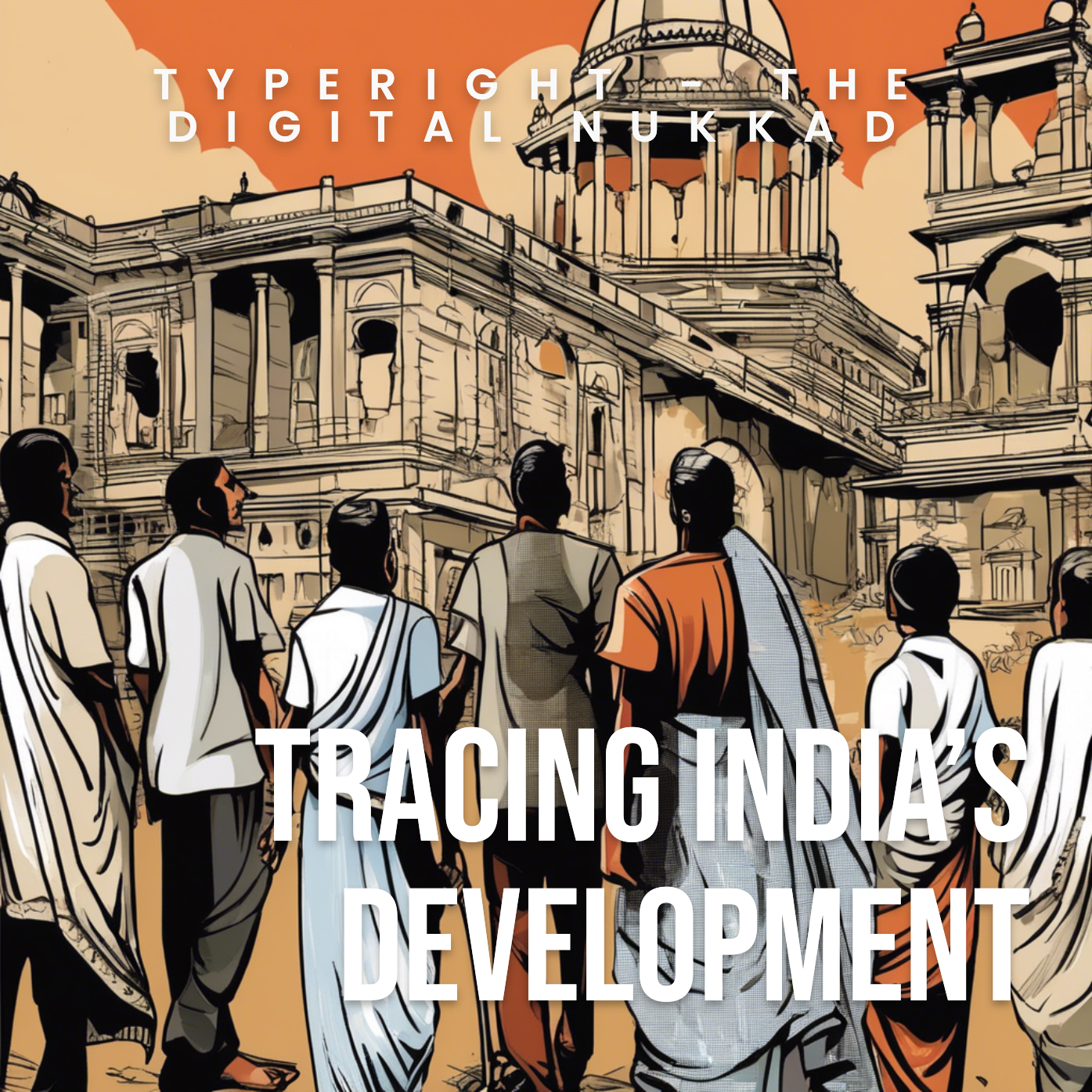









 might be?](https://sk0.blr1.cdn.digitaloceanspaces.com/sites/1394/posts/714526/dbc8de4c-5c50-411f-aba0-55cfb74a692d.jpeg)

Write a comment ...